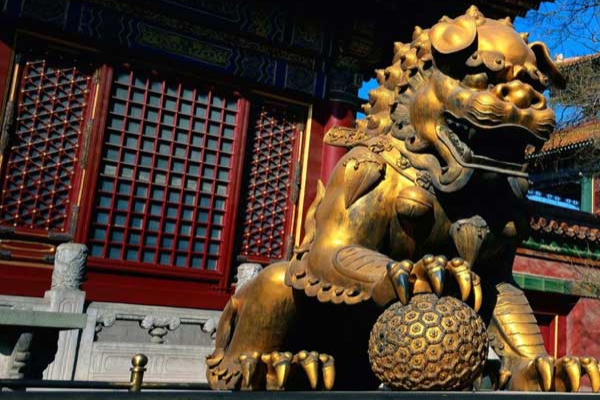APEC and after: a month of intensive diplomacy for China
- By Tim Collard
 0 Comment(s)
0 Comment(s) Print
Print E-mail China.org.cn, November 28, 2014
E-mail China.org.cn, November 28, 2014
The magnificent spectacle of hosting the APEC summit in November was aimed, successfully, at projecting China's stature as an aspiring leader of the regional economy. No effort or expense was spared to demonstrate what China is capable of. In particular, it was a tremendous opportunity for President Xi Jinping to stand in the spotlight of regional and world attention, as a leader who, after two years, is in full control of his brief and has a consistent vision for the Asia-Pacific region and China's place in it. And the APEC summit was just the beginning of a tour in which China's leadership showcased the Chinese vision around the region, at the ASEAN meeting in Myanmar and then at the G20 in Brisbane, Australia.
|
|
|
China is not seeking hegemony, but showing leadership. [File photo] |
China's newly proactive diplomacy is backed, of course, by the vast financial reserves built up over the recent period of phenomenal growth. China is thus in a position to back up words with deeds, and ensure that whatever practical measures are adopted will have a Chinese stamp on them. For instance, China was able to make a US$40 billion commitment to the "New Silk Road" scheme, which aims to ensure high quality transport infrastructure linking China to its actual and potential trading partners, both over land through Central Asia and by sea via South-East Asia to the Middle East and Africa. Modern China is thus reaching out to the world in a way that the Ming Dynasty refused to do six hundred years ago. And it is clear that regional initiatives in the fields of infrastructure and development finance will have to center on China, simply because China has the money to finance them.
But probably the most telling element of the summit's final communiqué concerned the effort to establish a regional trade liberalization pact, the Free Trade Area of the Asia-Pacific (FTAAP). So far this only promises a two-year feasibility study period in which the outlines of such a pact are to be established, but it represents a clear sign that China is keen to set the ball rolling. The problem is that this initiative will clearly be to some extent in conflict with the U.S.-backed idea of the Trans-Pacific Partnership (TPP) from whose membership China is excluded. It is, of course, unlikely that China will ever be comfortable sitting alongside a regional trading network from which China is excluded; but, in any case, it is likely that the U.S.-backed TPP will contain provisions which are more geared to developed economies, while China's FTAAP concept may be more suitable for helping the liberalization of trade and investment between developing countries: this would make a better fit with the recent thrust of Chinese commercial diplomacy. But it is likely that the next year or two will see increasing competition between the regional economic integration agendas of China and the United States, as President Obama strives to complete the TPP negotiations before the end of his term in 2016 - and he may get the support of a Republican Congress in this.







Go to Forum >>0 Comment(s)